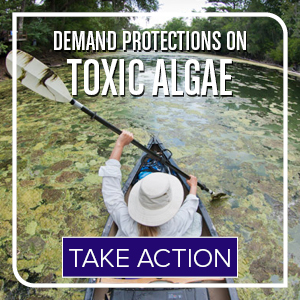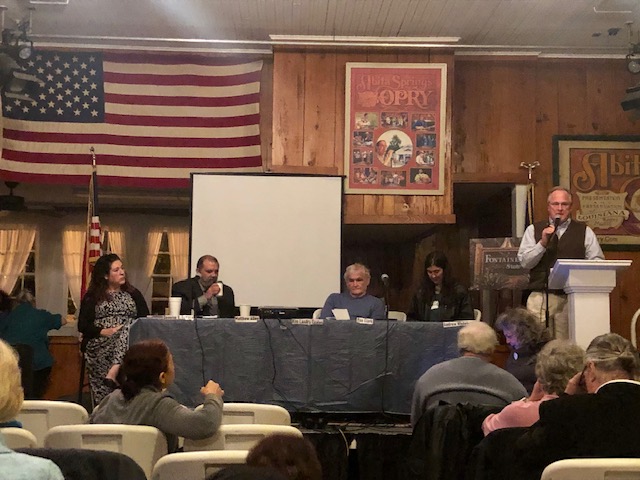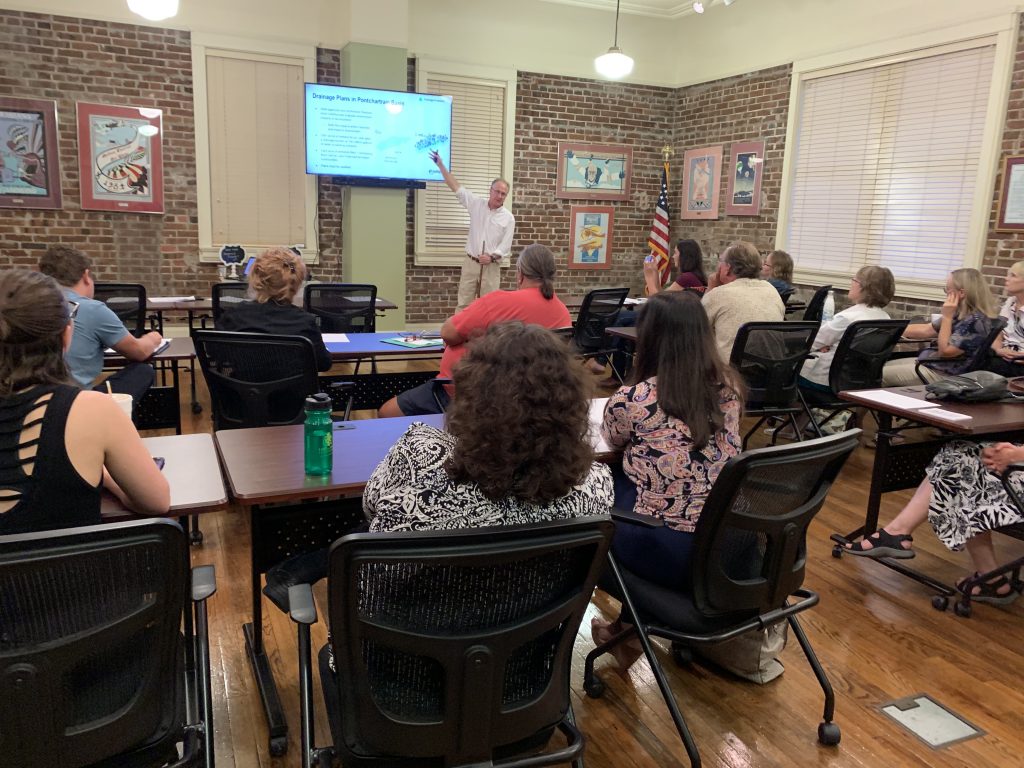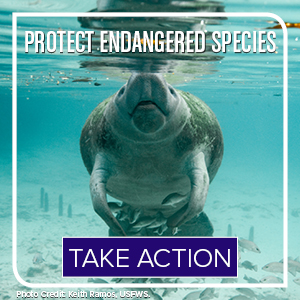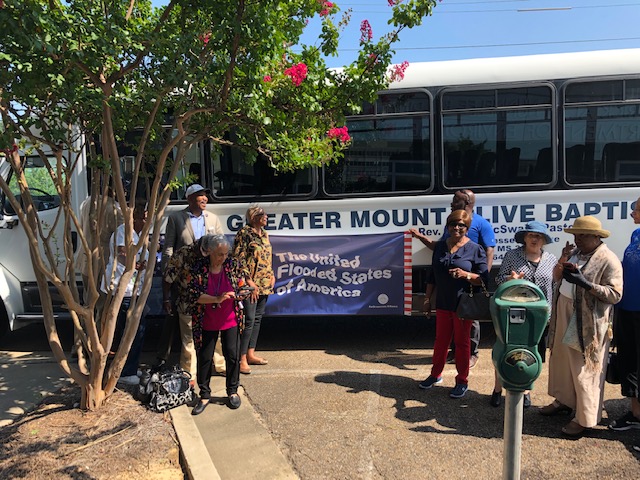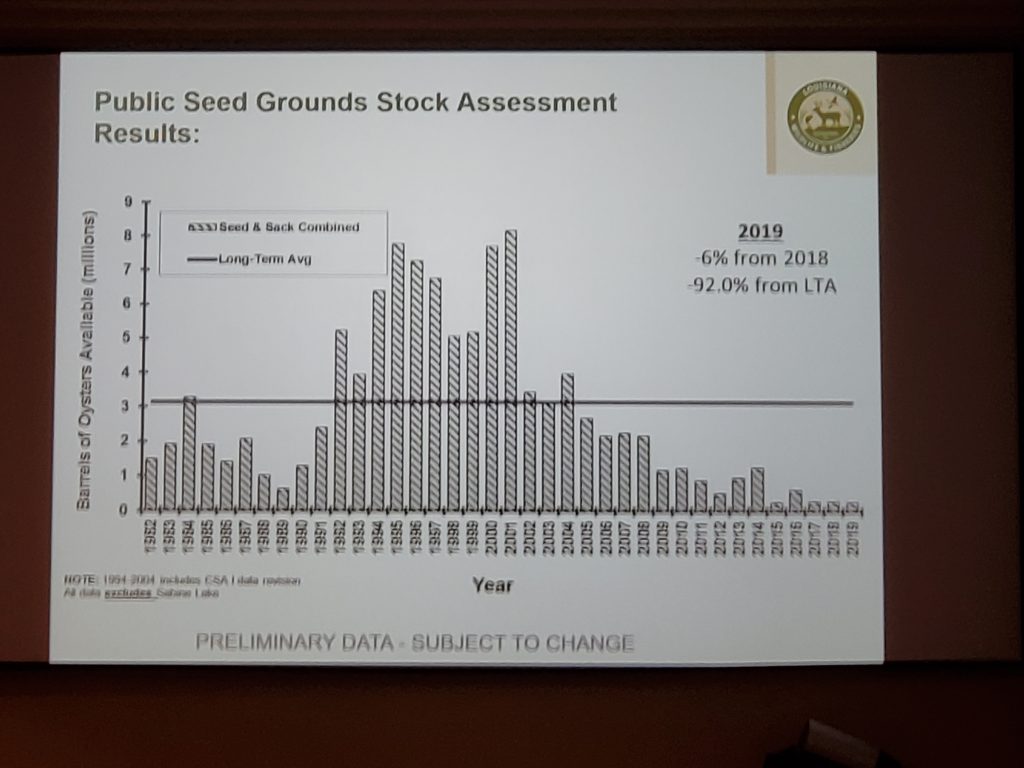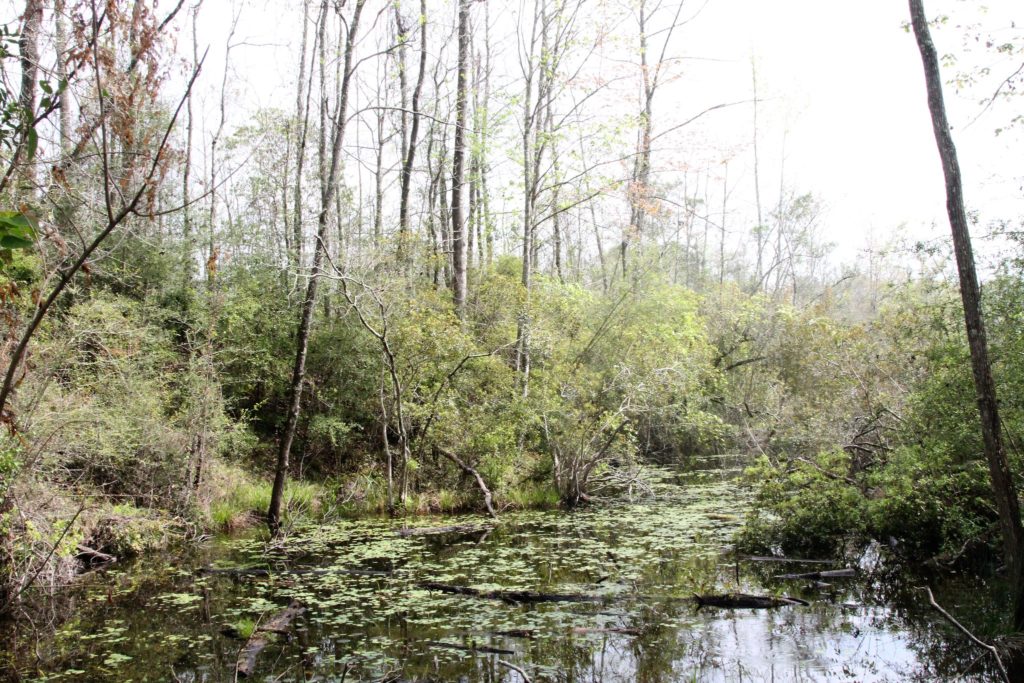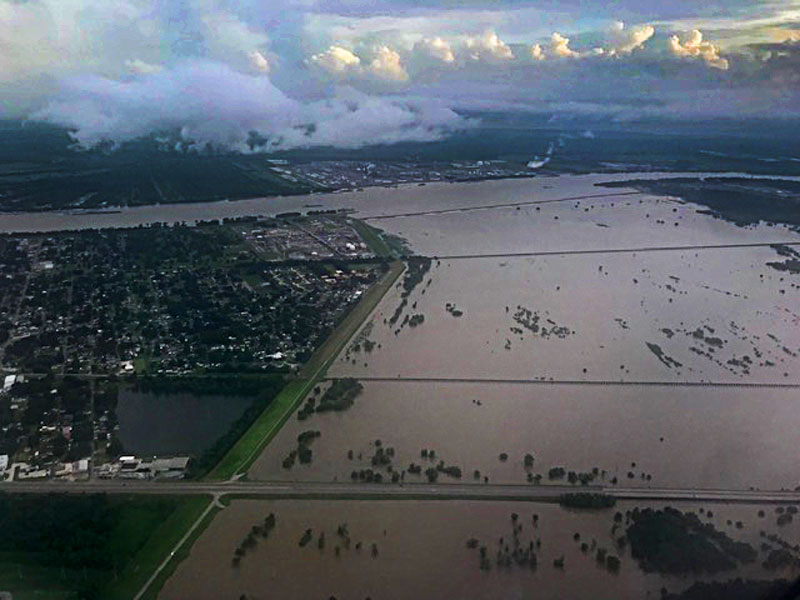Help protect people and wildlife from toxic algae blooms
Toxic algae is getting worse in Florida’s waterways, putting people, pets, and wildlife at risk. Now there’s a chance to protect public health and the environment from these dangerous outbreaks. Join with fellow Floridians in demanding that Florida Department of Environmental Protection (FDEP) protect environmental and human health by including limits on blue green algae […]
Help protect people and wildlife from toxic algae blooms Read More »

